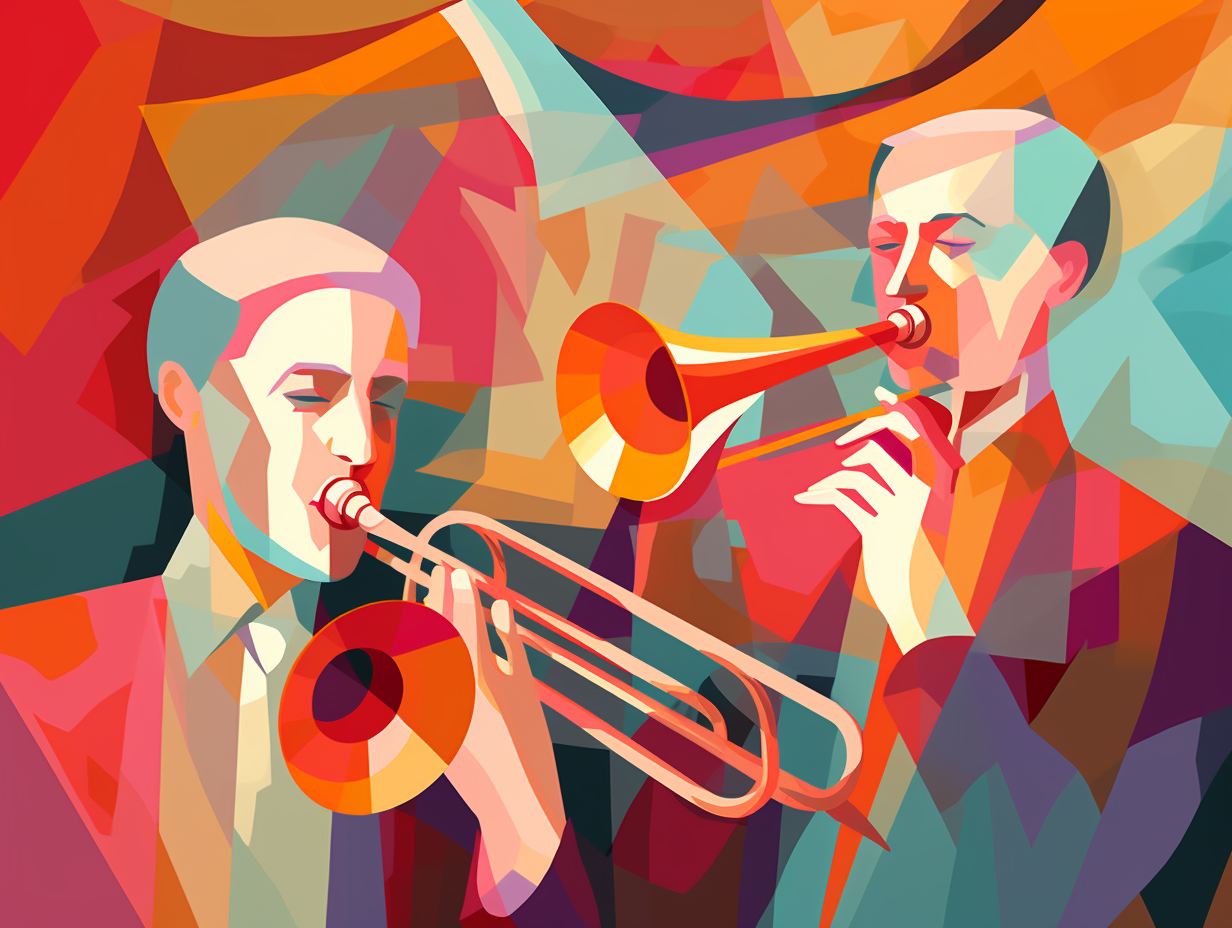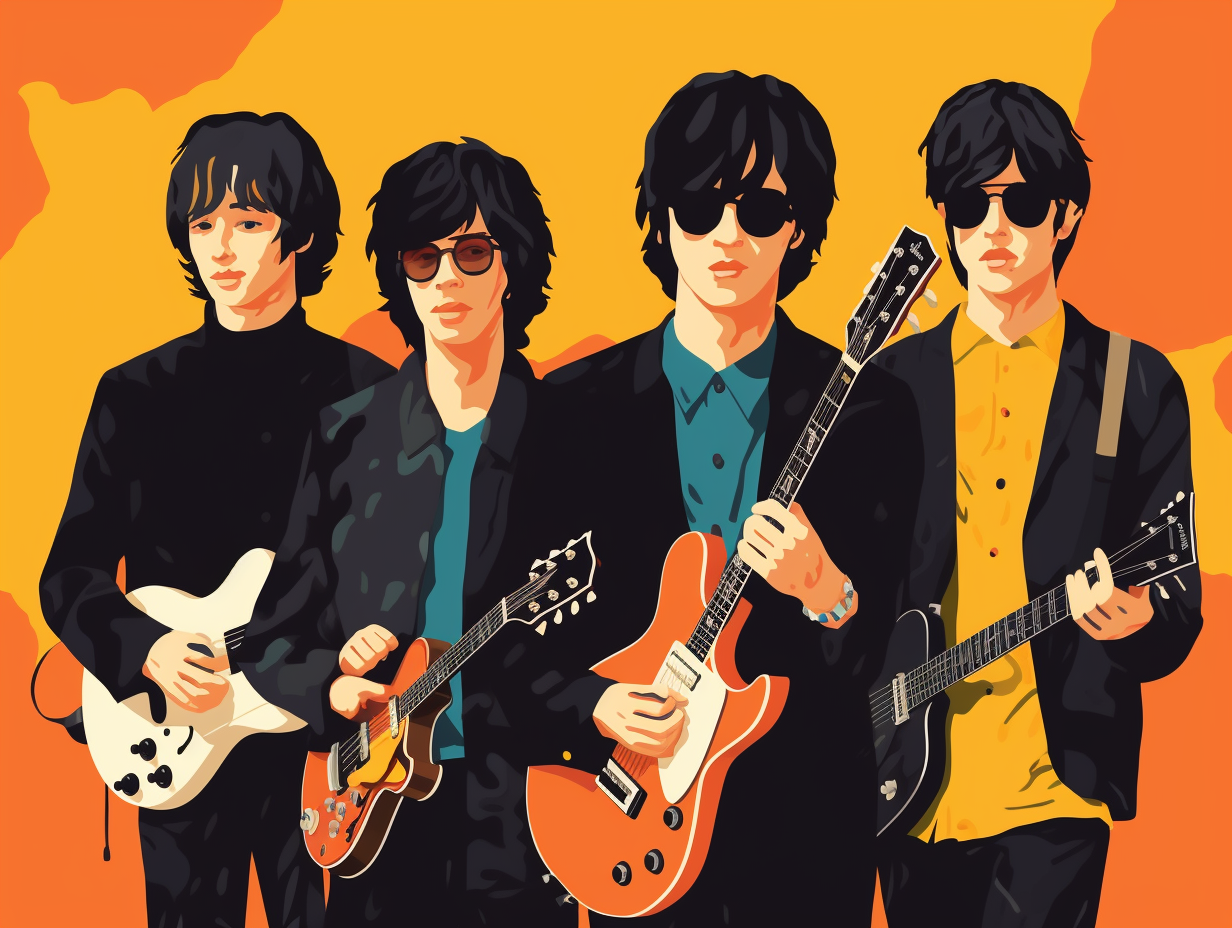Top 10 Trumpeting Triumphs: Uncovering Fun and Fascinating Facts About Trumpets

1. Ancient King Tut Trumpets
Talk about an ancient jam session: the oldest playable trumpets in the world, made of silver and bronze, were discovered in King Tut's tomb in 1922, featuring intricate engravings of Egyptian gods and dating back over 3,000 years.
Source => en.wikipedia.org
2. Didgeridoo's Audio-Carnival
Didgeri-do you know what's older than your great-great-grandpappy's whiskers and sounds as if a beatboxer swallowed a trumpet? Hold onto your digeridunderoos: The didgeridoo, a traditional wind instrument from Australia's Aboriginal peoples, produces an audio-carnival with animal noises and circular breathing techniques for continuous play, making it one of the world's oldest and most intriguing instruments.
Source => en.wikipedia.org

Did you know the saxophone was initially invented for classical music in the 1840s, but its powerful sound had limited orchestral use? Discover how modern composers now incorporate the unique tones of this versatile instrument into their music.
=> Fun Facts about The-Saxophone
3. Trumpet's Chromatic Breakthrough
When trumpets decided they needed an upgrade to keep up with their fellow orchestra members and not be stuck in the pitch dark ages, they discovered the key (or rather valve) to their renaissance: It was actually François Périnet in 1938 who introduced the modern piston valve, giving trumpets the ability to play the chromatic scale evenly and saying goodbye to the limitations of their earlier versions.
Source => lrobinsontrumpetqat.weebly.com
4. Roman Military Trumpets
Before trumpets went mainstream and found themselves in jazz bands, orchestras, and marching bands, they had quite the (Roman) military career: The ancient cornu, a Roman brass instrument originally used in Etruscan funeral processions and military events, served as a signaling device for Roman troops rather than as a megaphone for commands, making appearances in religious rituals, funerals, circus plays, gladiatorial games, and bacchanals.
Source => en.wikipedia.org

5. Seashell Musical All-Stars
Hold onto your seashells, music lovers: before trumpets were made from brass, conch shells took center stage as ancient instrument all-stars! With their naturally spiraled designs, these unsuspecting undersea treasures effortlessly blew music enthusiasts away with powerful, clear tones perfect for controlling the elements in rituals, channeling the sacred breath of life, and even flexing their high-class clout as sought-after collector's items.
Source => metmuseum.org
6. French Horn Anaconda
Ever thought about playing "I Will Always Love You" on a French horn? You'd be orchestrating a whopping 18-foot-long metal tangle resembling the world's most convoluted anaconda: In all seriousness, the French horn's tubing spans over 18 feet - nearly three times longer than its cornet and trumpet counterparts. This colossal labyrinth, coupled with a conical shape and two sets of slides, is the secret to mastering that enchantingly unique French horn sound.
Source => alamomusic.com
7. Roman Party Horn
Before Alexander Graham Bell played Telephone with the ancient Romans, they had their own military party horn: the buccina! This snazzy brass instrument not only set the beat for epic toga parties but also kept soldiers in step on the battlefield: A predecessor to the modern trumpet, the buccina was an essential part of the Roman army's ancient communication system, with specialized buccinators or bucinators blowing those sweet, sweet military signals. And on that note, let's give a shoutout to "bucca," the Latin word for "mouth" that gave us this beautiful buzz-maker!
Source => wikiwand.com
8. Tooting Early Trumpets
Before valves became all the rage, trumpeters would literally toot their own horn in a more organic fashion: Early trumpets, hailing from the Neolithic era, were made from materials such as animal horns, shells, and wood, and while most lacked alterations to change pitch, some, like the bās of Madhya Pradesh, India, sported fingerholes for a bit of melodic versatility.
Source => en.wikipedia.org
9. Medieval Christian Dismemberment
You know what they say about leaving a part of yourself everywhere you go: Medieval Christians took it quite literally, as they believed that physical continuity of the body after death mattered in the Last Judgment. So, they dismembered their dearly departed – even kings and queens from England, France, and Germany – and buried different parts in various locations, giving a whole new meaning to "dividing and conquering."
Source => glencairnmuseum.org

10. Trumpet Player's Lung Marathon
Trying to keep up with a professional trumpet player's breath might just leave you gasping for air quicker than completing a marathon: These musical maestros have the lung capacity to whoosh through up to six liters of air per minute while playing – that's double the breaths an average person takes!
Source => thetrumpetblog.com
Related Fun Facts




















